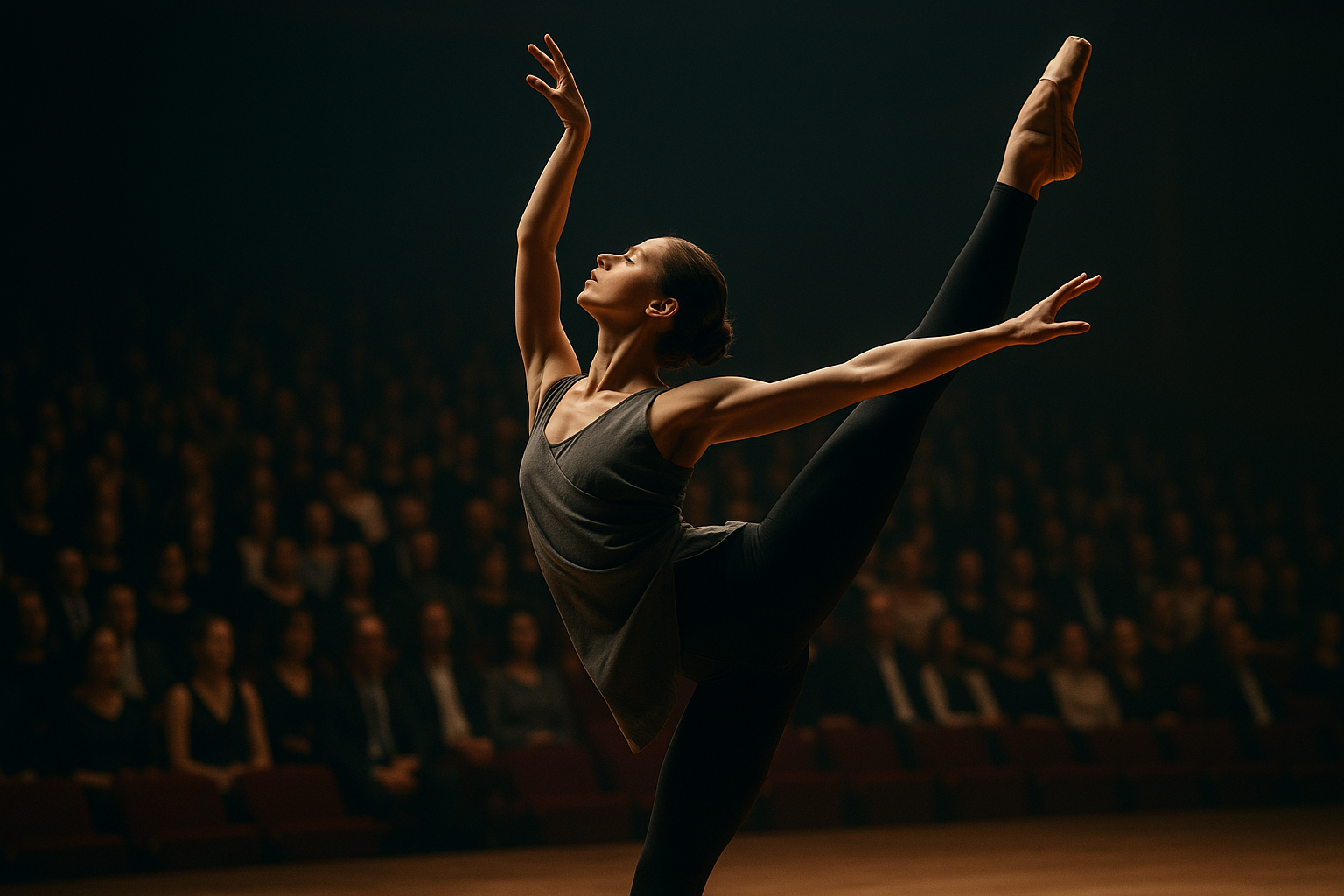How Contemporary Ballet Is Breaking Traditional Molds
Introduction: Contemporary ballet is reshaping the world of classical dance. This fresh approach combines the precision and technique of ballet with modern dance's freedom and fluidity. This fusion of styles is challenging the status quo and redefining ballet for the 21st century.

Ballet’s Classical Roots
Ballet, with its origins in the Italian Renaissance courts of the 15th century, has a rich and extensive history. This art form was further developed in France and Russia, each adding their unique styles and techniques. Ballet is known for its strict rules, precise movements, and the ethereal beauty of its dancers. However, these very attributes of tradition and rigidity also made ballet somewhat inaccessible to the masses.
Emergence of Contemporary Ballet
The 20th century brought about a desire for creative freedom and individual expression within the dance community. Choreographers began experimenting with the traditional ballet framework, integrating elements of modern dance, jazz, and ethnic dance forms. This marked the birth of contemporary ballet— a style that respects the foundational principles of ballet while exploring new realms of movement and storytelling.
Current Developments in Contemporary Ballet
In recent years, contemporary ballet has evolved considerably. It is no longer just a combination of ballet and modern dance. Choreographers are continually pushing boundaries and challenging the norms of what ballet should look like. The incorporation of multimedia elements, innovative set designs, and daring costume choices are just some of the ways contemporary ballet is keeping up with the times.
Impact and Reception of Contemporary Ballet
Contemporary ballet has been widely embraced for its versatility and innovation. It has breathed new life into the world of dance, attracting a broader audience with its fresh narratives and relatable themes. This style of ballet has also been a platform for tackling social issues, breaking gender stereotypes, and promoting diversity, making it a powerful tool for cultural commentary.
The Future of Ballet
The rise of contemporary ballet doesn’t mean the death of classical ballet. Instead, it offers an alternative narrative, a different way to appreciate this art form. As contemporary ballet continues to evolve, it will undoubtedly further enrich the world of dance, proving that ballet is not stagnant but a dynamic and ever-evolving art form.
In conclusion, contemporary ballet represents the spirit of the 21st century—bold, innovative, and unafraid to challenge the status quo. By breaking away from the confines of traditional ballet, it has shown the endless possibilities of artistic expression. As we move forward, the evolution of contemporary ballet will continue to be a fascinating journey to follow.




